How to winterize hibiscus
Discover how to winterize hibiscus and protect them from the frosts


The secret to winterizing hibiscus successfully is to know the variety of hibiscus that you have in your yard, then treat it accordingly. Different varieties of hibiscus will require different methods of over-wintering, though all can survive winter healthily.
Here, plant experts advise on the best way to identify and over-winter hibiscus.
How to winterize hibiscus
Learning how to winterize hibiscus is quite different from overwintering begonias, and winterizing hydrangeas, as some varieties of hibiscus are not able to tolerate extreme temperatures.
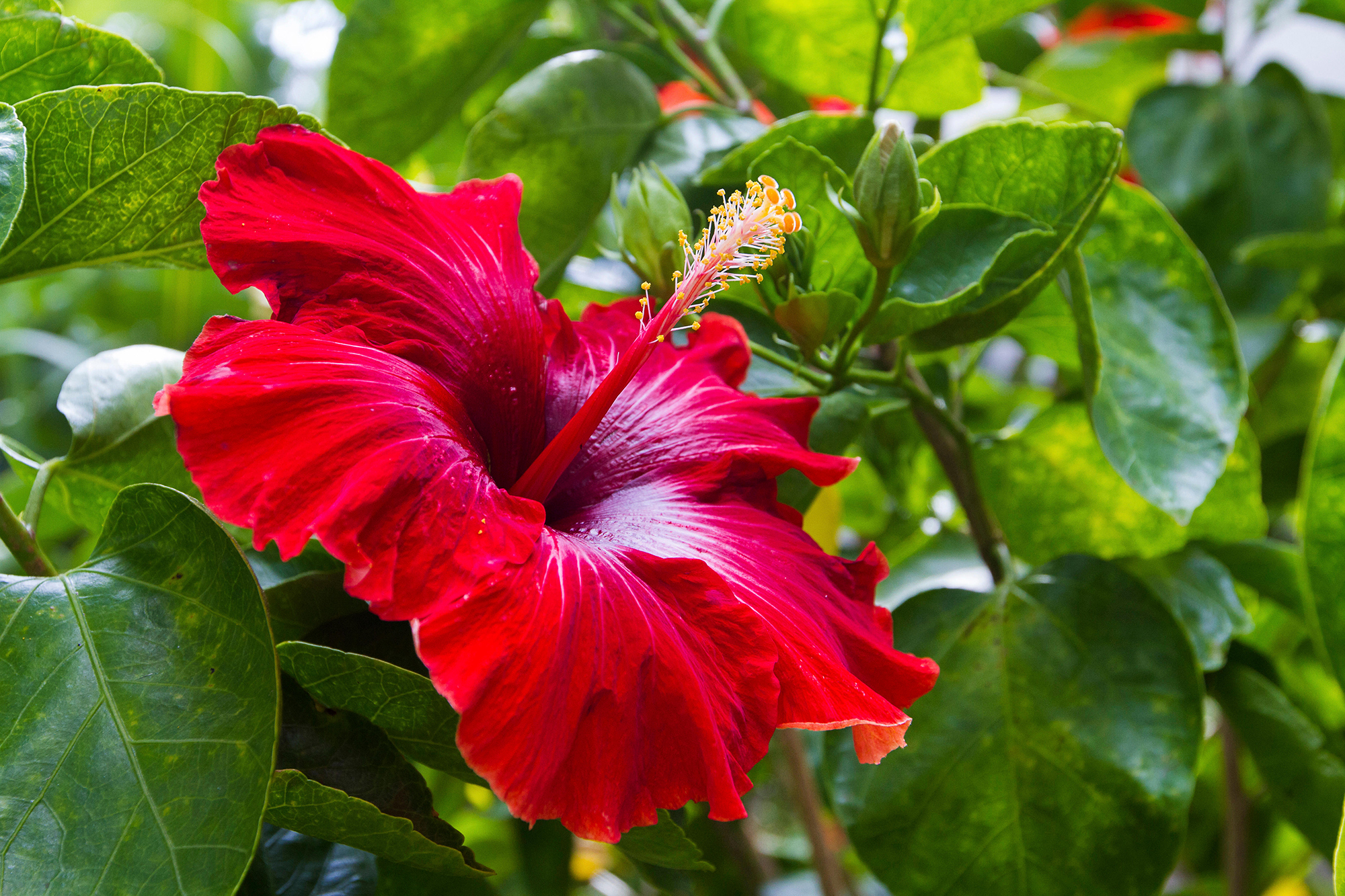
1. Identify your hibiscus
This will inform your next steps. The varieties most commonly found in backyards are Hibiscus syriacus, a hardy deciduous flowering shrub, and Hibiscus rosa-sinensis, or Chinese Hibiscus, a tender evergreen shrub only grown in the tropics and subtropics.
- Tropical hibiscus – typically grown as tropical plants and can only be grown outside year round in zones 9-11, suiting tropical garden ideas.
- Hardy hibiscus – as the name suggests they are cold-tolerant down to -20°F and as such can be left outdoors during the winter. Rose of Sharon is a popular hardy hibiscus. Hardy hibiscus dies back each season, like peonies.
As well as the type of hibiscus in your garden, you also need to consider how you want it to grow. Some gardeners opt to grow their hibiscus as annuals which they replant each year. These may be hardy or tropical. Those in warmer parts of the country (where the temperature doesn't drop below 50°F) can grow both tropical and hardy hibiscus as perennials.
2. Move tropical hibiscus indoors
While hardy hibiscus can be left, untouched, in the garden during the winter, other varieties need more TLC.
If you live in parts of the country that have summers of around 60°F but cold winters – then it is best to grow hibiscus in pots. This gives you the flexibility to move them indoors during winter.
'Bring the potted plant indoors and keep them in a bright room in unheated temperate conditions. Moisturize the plants without letting them stay long in water as this would cause rot,' advises Alex Tinsman, gardener and founder of HowToHouseplant. 'The temperature should be maintained at 50°F as any temperature below that is considered to be too cold.'
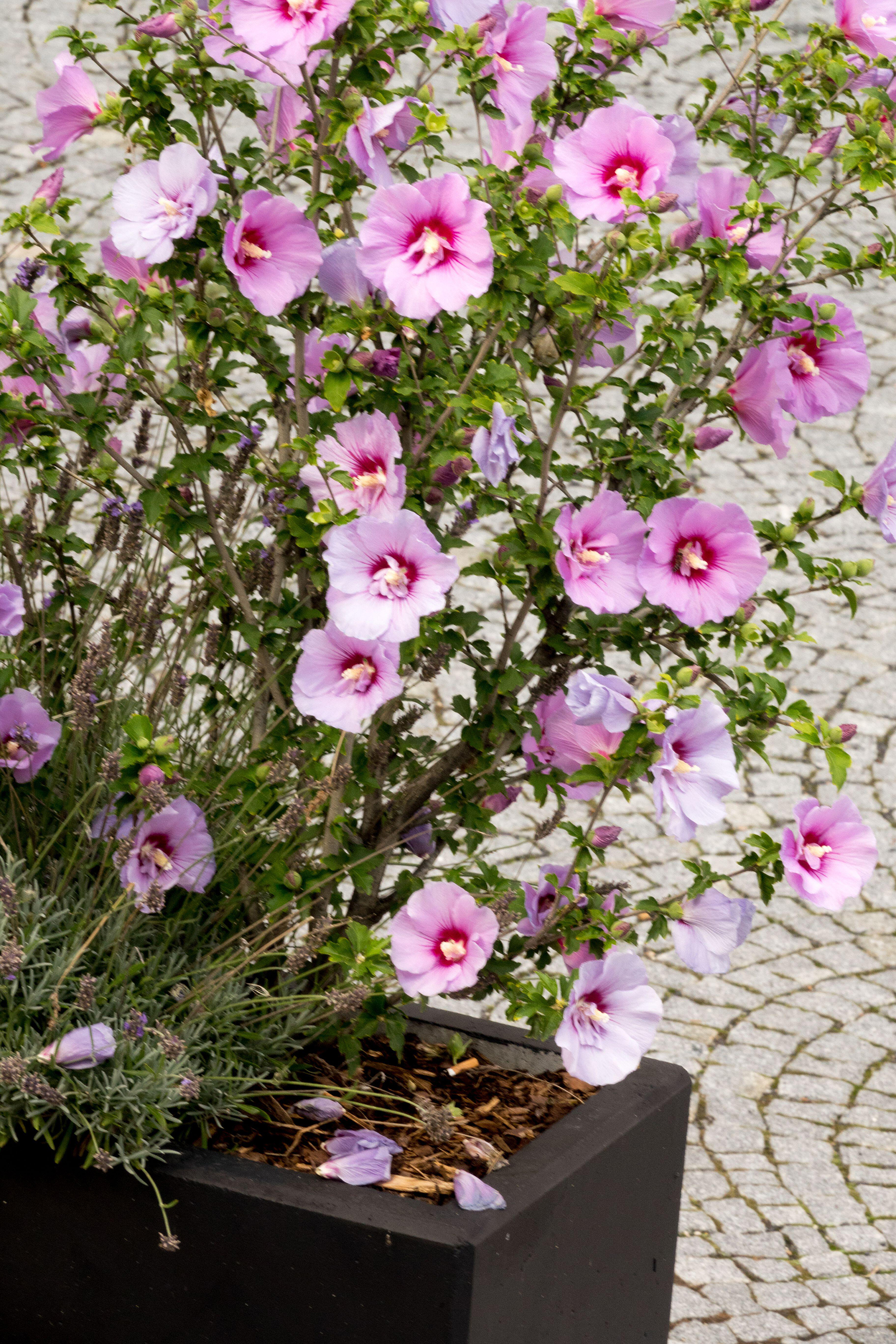
3. Prune hibiscus
It will depend on the type you have whether you prune hibiscus before the end of winter, at the end of winter, or in early spring.
Native hibiscus and hardy hibiscus will die back in cold weather, this is a natural part of their growth cycle and nothing to worry about.
Tropical hibiscus cannot tolerate temperatures below 50°F and so must be brought inside in colder parts of the country. However, in doing so, its growth pattern can become a little leggy. Pruning before returning your hibiscus to the garden in spring will help to keep it to a manageable size and retain its aesthetically pleasing appearance.
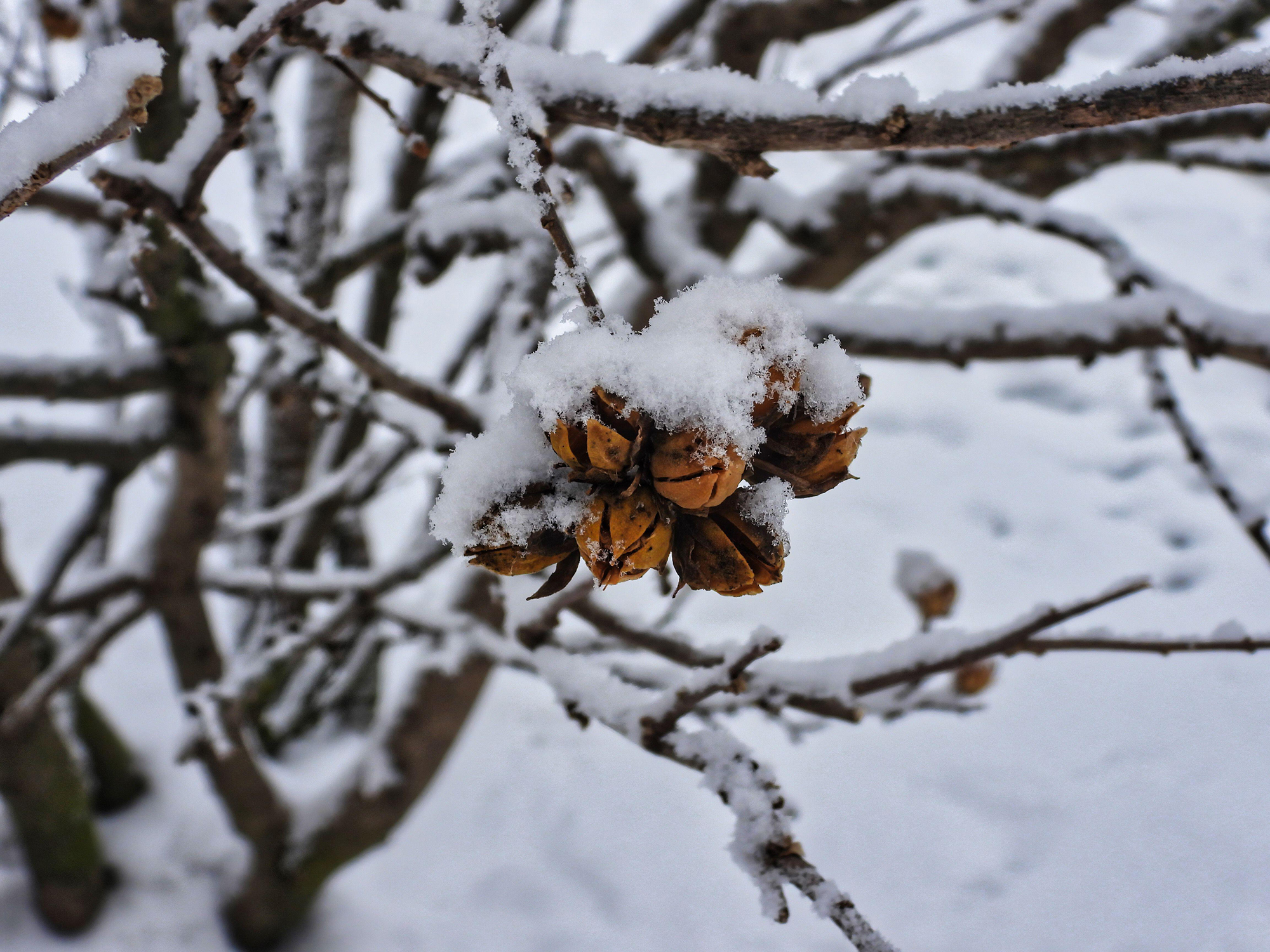
Can I leave my hibsicus in a garage in winter?
Yes, you can leave your hibiscus in a garage in winter. 'You can winterize hibiscus in the garage as long as the temperature doesn't dip below 50°F. If it's not dormant, make sure to either place it near a window or use a grow light,' explains Jean Bloom founder of GardeningFAQs.
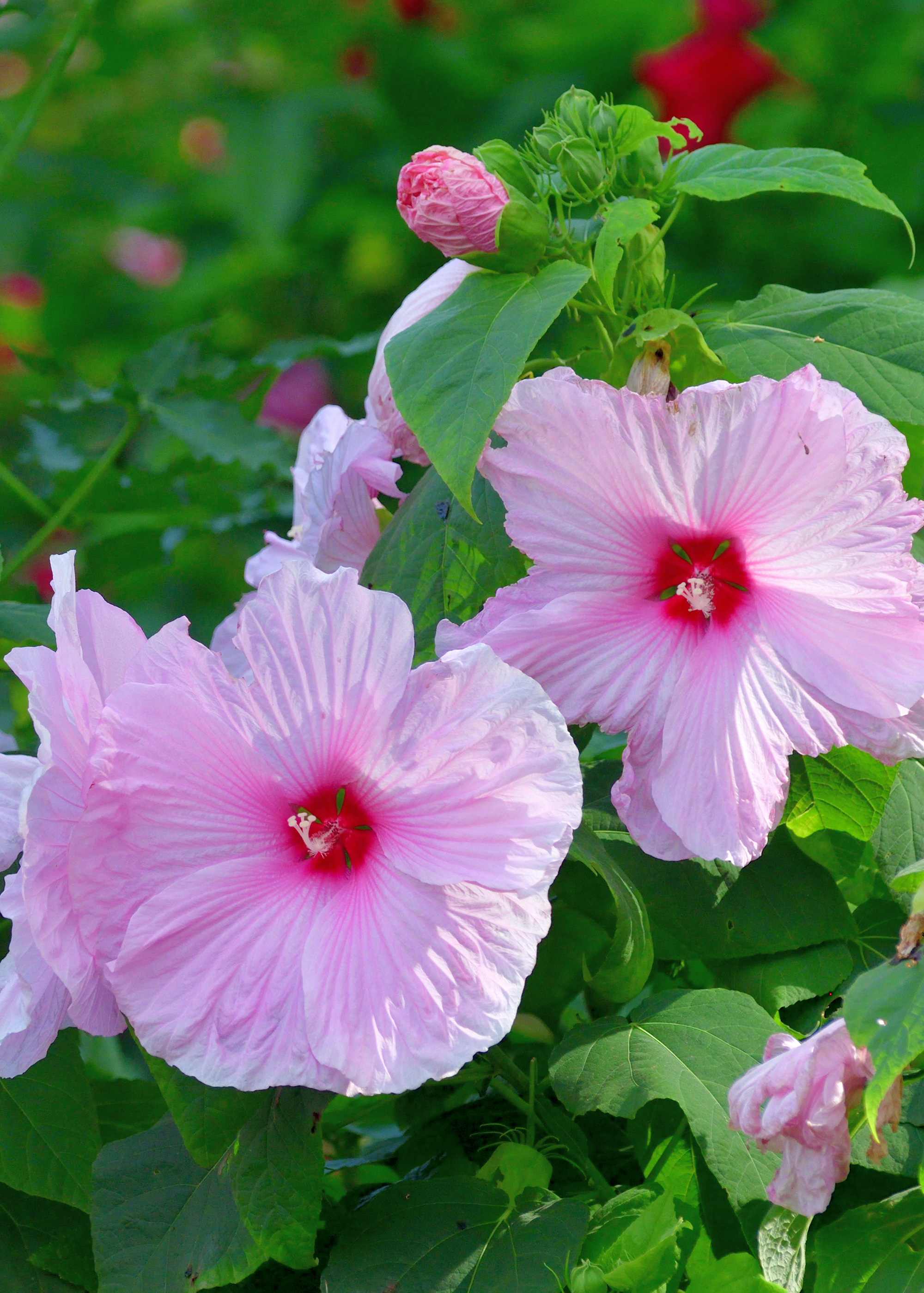
How do I keep my hibiscus alive during winter?
The best way to keep your hibiscus alive during winter is to opt for hardy varieties that can tolerate extreme winter temperatures. Breanna Sherlock, the plant expert for Planta recommends:
- Zone 4 – H. laevis
- Zone 5 – H. lasiocarpos
- Zone 5 – H. moscheutos
- Zone 5 – H. syriacus
- Zone 6 – H. coccineus
- Zone 7 – H. aculeatus
- Zone 8 – H. grandiflorus
If you don't have a hardy hibiscus, keep it in a pot rather than in the ground and ensure that it isn't exposed to temperatures below 50°F.
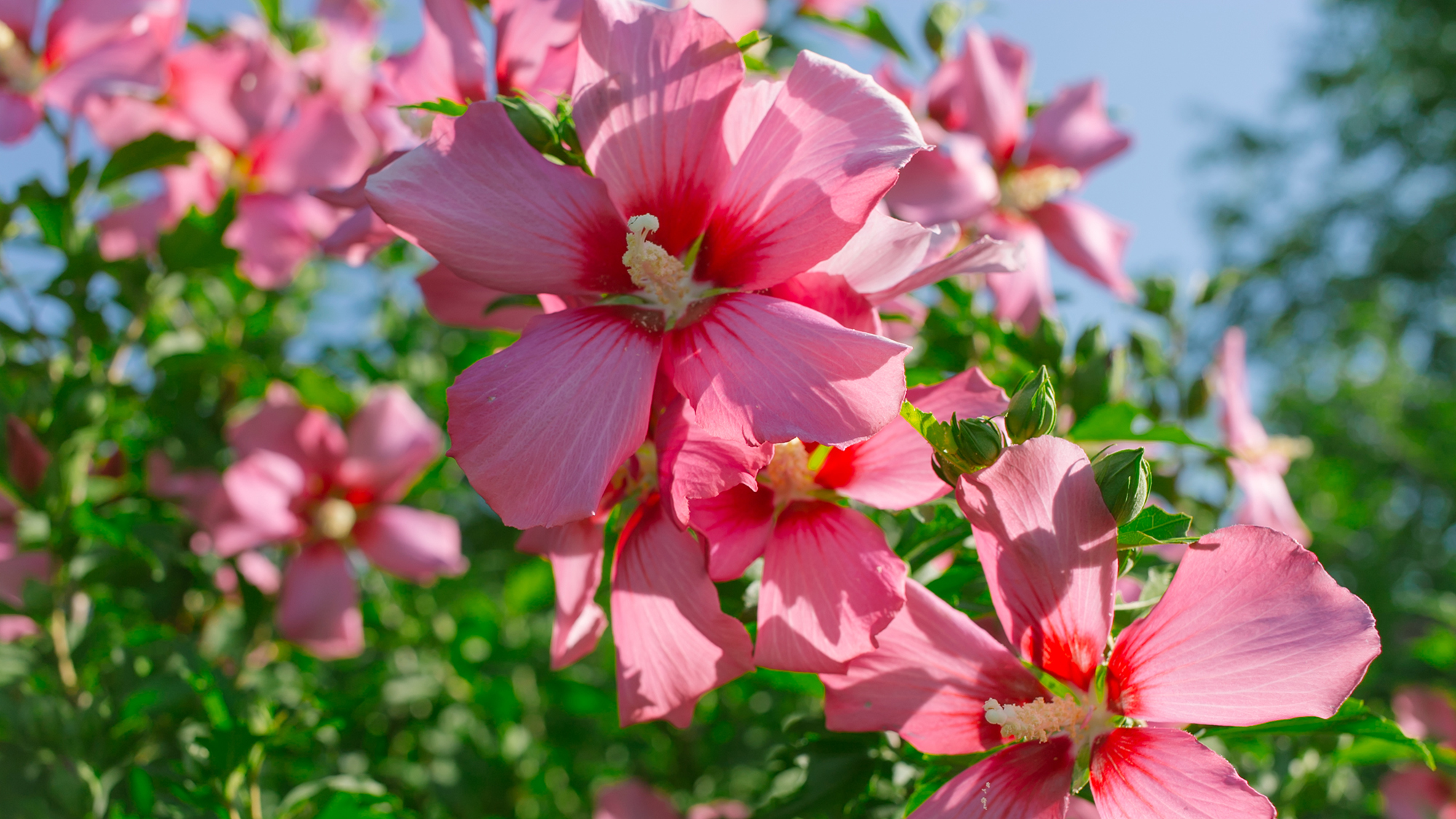
What temperature is too cold for hibiscus?
The temperatures that hibiscus can tolerate depend on the variety. Hardy native hibiscus are tolerant down to around -20°F (meaning they can be grown from zone 5).
'Tropical hybrids are most commonly grown and sold as houseplants. These have characteristic large, glossy leaves and come in a range of flower colors from red, orange, yellow, white, pink, purple, and even variations in between. These usually don’t tolerate temperatures below 50°F and will thrive in areas where the temperature stays around 68°F or above all year around,' explains Breanna Sherlock, the plant expert for Planta.
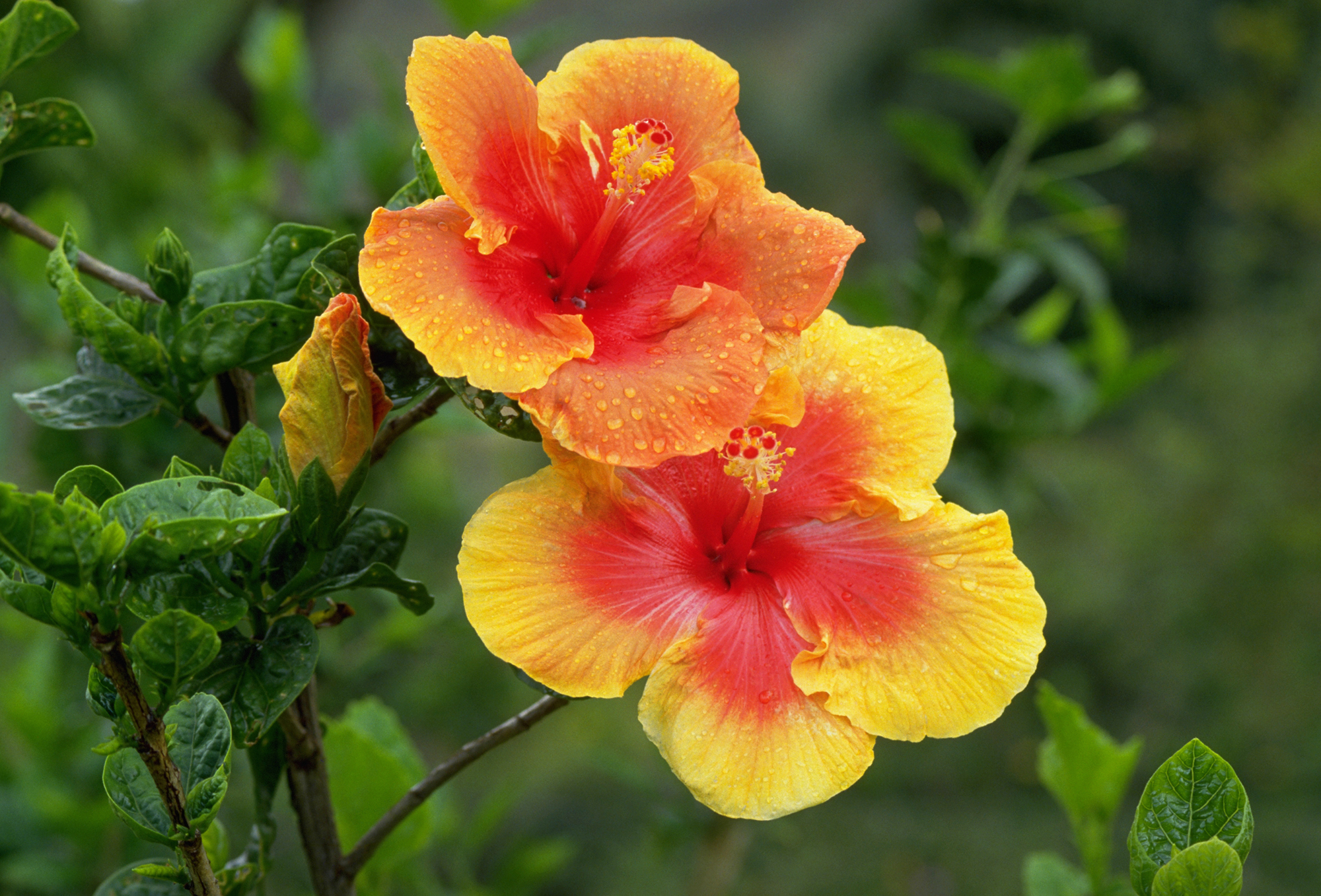
Do hibiscus come back after freezing?
Hardy hibiscus will come back after freezing – since they die back in the fall, the roots will be protected from the frost and will then regrow in spring.
If your hibiscus is a tropical variety, it may survive a light freeze, but if the roots freeze, the plant will need to be replaced the following spring. 'Just before winter, you can cut down the dead parts of the plant and provide mulch as a protective layer against hard freeze, however, it is best to move indoors if possible,' advises Alex Tinsman of HowToHouseplant.
Sign up to the Homes & Gardens newsletter
Design expertise in your inbox – from inspiring decorating ideas and beautiful celebrity homes to practical gardening advice and shopping round-ups.

Having graduated with a first class degree in English Literature, Holly started her career as a features writer and sub-editor at Period Living magazine, Homes & Gardens' sister title. Working on Period Living brought with it insight into the complexities of owning and caring for period homes, from interior decorating through to choosing the right windows and the challenges of extending. This has led to a passion for traditional interiors, particularly the country-look. Writing for the Homes & Gardens website as a content editor, alongside regular features for Period Living and Country Homes & Interiors magazines, has enabled her to broaden her writing to incorporate her interests in gardening, wildlife and nature.
-
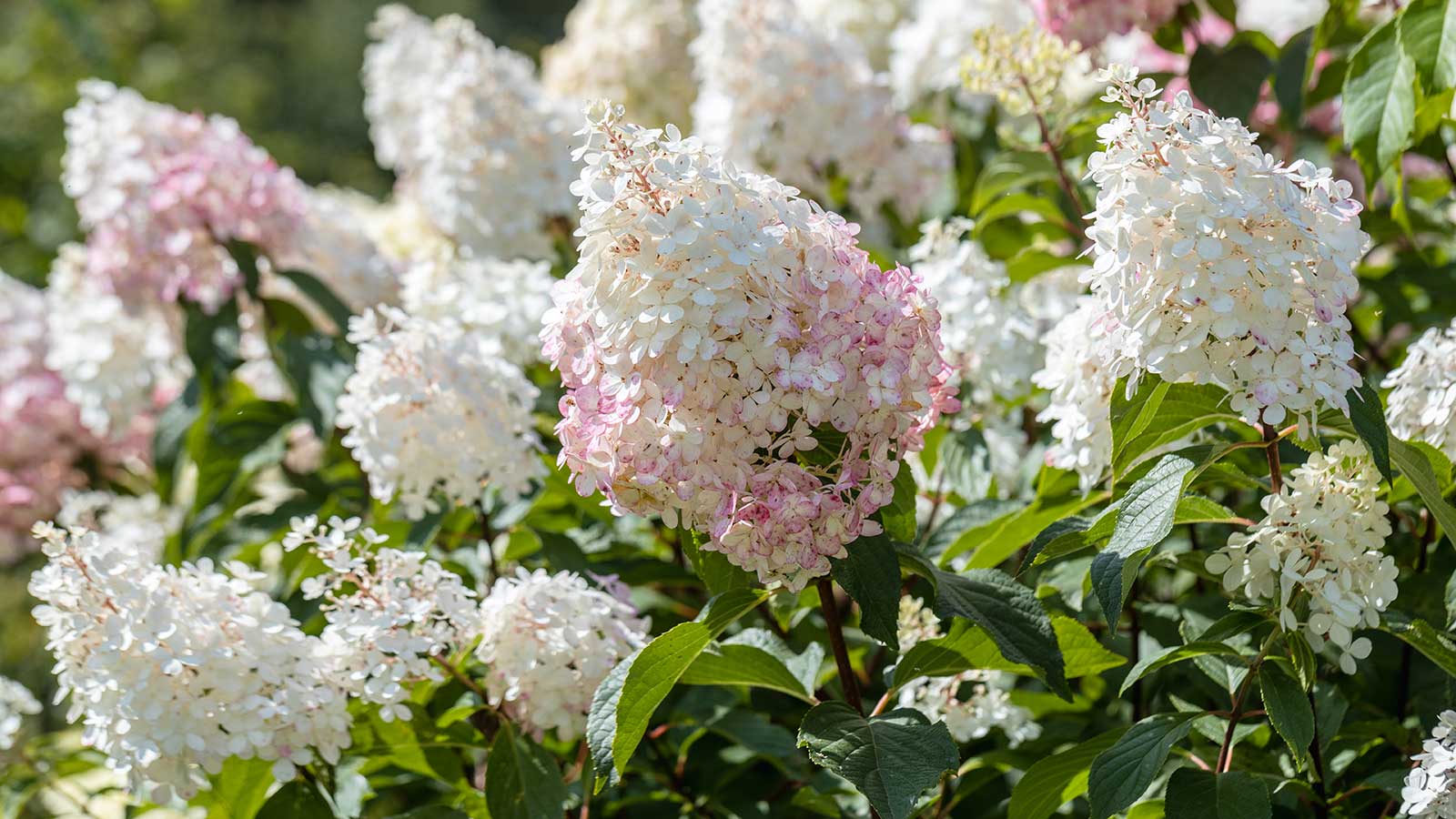 5 hydrangea myths debunked by experts – and what you need to know instead for beautiful blooms
5 hydrangea myths debunked by experts – and what you need to know instead for beautiful bloomsFrom ways to change their color to when to prune, there are certain misconceptions to steer clear of when growing these flowering shrubs
By Holly Crossley Published
-
 How the 'ODT' method can help you to tackle your overwhelming decluttering checklist – and streamline the process from start to finish
How the 'ODT' method can help you to tackle your overwhelming decluttering checklist – and streamline the process from start to finishAvoid 'analysis paralysis' and tick off tasks quickly and easily by making just one decision at a time
By Ottilie Blackhall Published